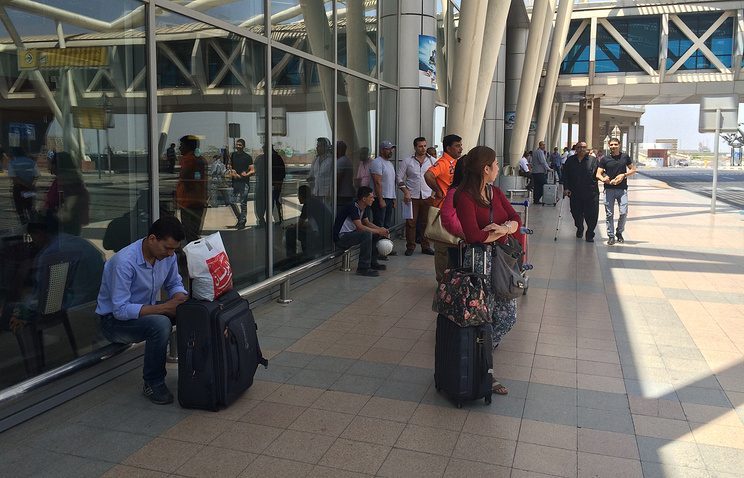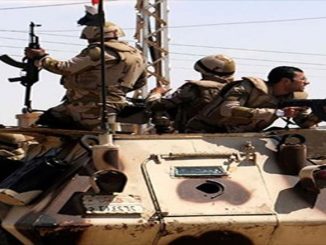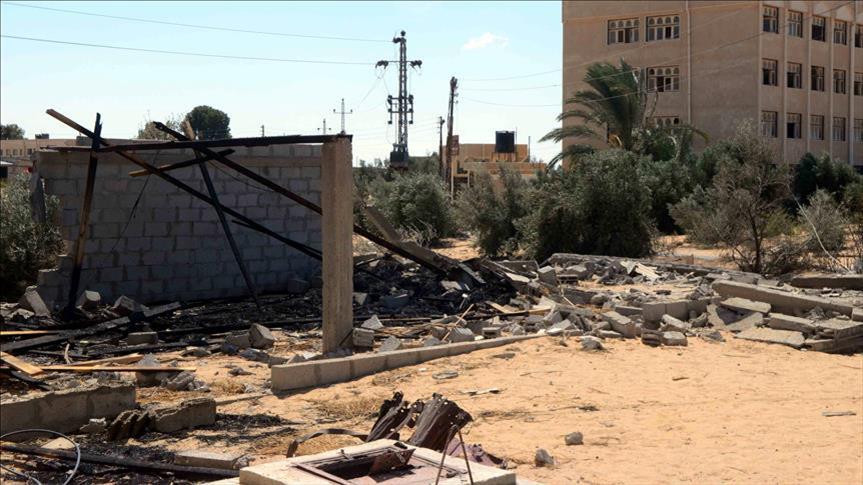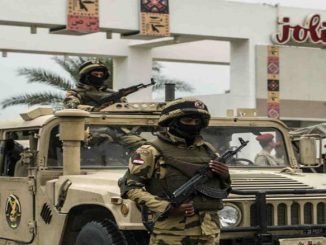
“There is no official confirmation from the Russian government or officials on lifting the ban on the Russian tourism to Egypt,” Minister of Tourism Yahiya Rashed told AL-Shorouk.
Egypt’s tourism has declined since the first half of the year 2016 by 41.3% with nearly 2.328 million tourists. The highest tourist rate recorded was 14.7 million tourists in 2010. This withdrawal is due to the sharp decline in the number of tourists from Russia, that is considered the major market for exporting foreign tourists to Egypt. In addition, the tourism sector has been affected by the British tourism flight suspension to Egypt. Both the Russian and the British market constitute 66% of the foreign tourists to Egypt.
The tourism sector in Egypt was heavily affected by the crash of the Russian Metro-Jet flight near Sharm El-Sheikh, which killed all 224 people on board. Several countries followed suit in suspending flights to the Red Sea airports since then tourism has declined sharply in Egypt. Sinai Province -a group affiliated to the Islamic State(ISIS) has claimed their responsibility for downing the Russian airliner. The turmoil in Sinai has out broken since the military coup in 2013 led by Abdel Fattah Al-Sisi. The insurgencies targeted the Egyptian armed forces and the police forces killing hundreds and injuring others.
In 2015, the number of tourists who visited Egypt was 9.3 million with 6% decrease compared to the number of tourists in 2014. Moreover, tourism revenues were $6.1 bn with 15% decrease compared to that in 2014.
Egypt’s economy is witnessing one of its harshest downfalls in its history. The withdrawal of tourism and foreign investment -the two major sources of hard currency- led to a severe shortage of foreign currency. As a result, the price of dollars increases relative to the Egyptian currency. Later, the central bank of Egypt tried to resolve the problem through the devaluation of the Egyptian currency, but it has not solve the problem until now.



